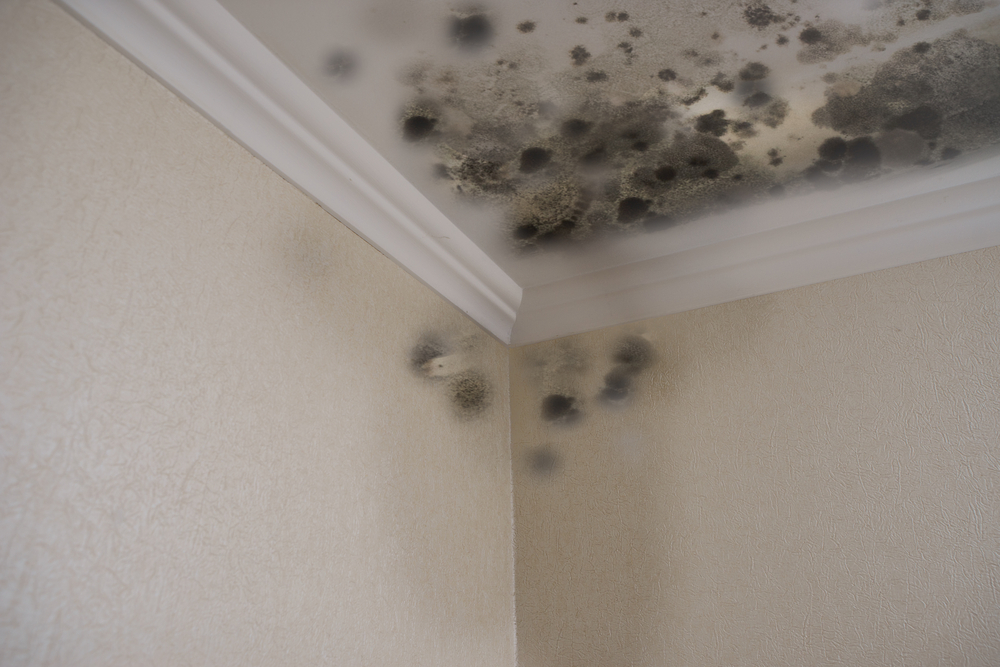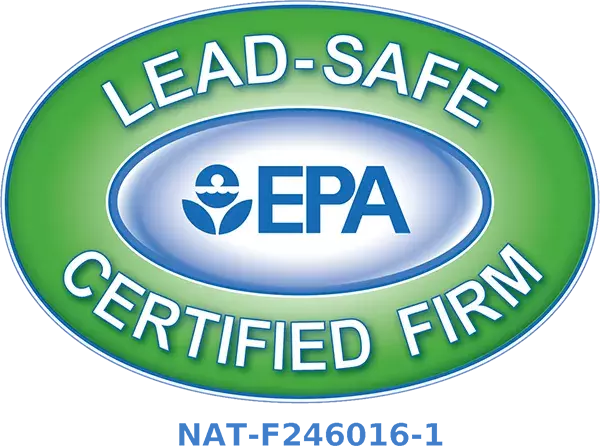There may be a hidden danger lurking in your home’s damp, moist corners. Almost one-quarter of all asthma diagnoses can be attributed to mold in the home. Anywhere that moisture and humidity meet, there is a good chance that mold spores are present. You’ll find mold around leaky windows, old ceiling tiles, in carpets, and on wallpaper in the home.
What is Mold?
Mold is a fungus that spreads through spores that travel through the air and on clothing. It’s commonly found on the damp or decaying matter where the environmental conditions allow the spores to thrive and reproduce.
In the home, mold growth is often associated with water damage. But that’s not the only cause of mold problems in the home. There are many different types of mold. Each falls into one of three categories:
1. Allergenic: produces an allergic reaction with exposure.
2. Pathogenic: triggers illnesses in individuals with weakened immune systems.
3. Toxigenic: produces toxic substances that can make people gravely ill and sometimes even cause death.
Any way you slice it, mold exposure is bad for your health. That’s one reason why many homeowners are wary of moisture problems. Luckily, significant mold infections tend to come with visible clues and distinctive, noticeable odors.
What are the Health Effects of Mold Exposure
Mold exposure can cause a wide range of symptoms, all of which result in illness in one form or another. The most common symptoms of mold sickness include:
● Allergic Rhinitis: Sneezing, Coughing, Runny Nose, Red Eyes
● Respiratory Ailments: Asthma, wheezing, difficulty breathing
● Dizziness: Vertigo, lightheadedness, headaches, nausea
● Severe Illness: Fever, Blurry Vision, Difficulty Breathing, Nosebleeds
What to do if You Find Mold in the Home
If you discover mold growth in your home, removal is essential. However, mold growth mitigation efforts usually require a two-step approach to remove the mold and address the cause. How you go about removing the mold depends on where it is.
For upholstery, carpet, wallpaper, and similar textiles, the best way to get rid of the mold is to remove the contaminated items from the home. Once the contaminated debris is removed, you’ll need to thoroughly clean and dry the area before replacing the carpet, wallpaper, or other textiles.
The most effective way to remove mold spores from hard surfaces is with a bleach-water solution. While bleach is effective in killing most types of mold spores, it is also a dangerous chemical and requires safety precautions.
● Always use as directed. Bleach is a toxic chemical, and the fumes can make you ill if it’s not properly diluted.
● Always wear protective equipment like gloves. Bleach can be absorbed through the skin, entering the bloodstream.
● Don’t mix bleach with other products. Combining bleach with ammonia produces a toxic chemical reaction.
For extensive or toxic mold infestations, let a professional mold mitigation company get things cleaned up. While you may want to tackle the cleanup on your own, it’s not worth making yourself even sicker.
While there are some toxic molds–like many black molds, there is always a little mold in your everyday life. There is generally no need to vacate your home simply because you found a little mold growth. However, if you or anyone in the home is experiencing severe illness, it is best to vacate the home temporarily until the mold in the home problem can be addressed.
The Bottom Line on the Dangers of Mold in the Home
If you’re still wondering what causes mold in the home, the most direct answer is a water problem. Any time that you have oxygen, water, and humidity present, you have the perfect combination for mold. And, if those conditions occur in a damp, dark space like a basement or crawl space, then the situation is exacerbated. Since mold can cause a range of health concerns, including mold allergies, mold toxicity, and death, the prevention of mold growth should not be taken lightly. For professional mold remediation services, call J&R Restoration.


